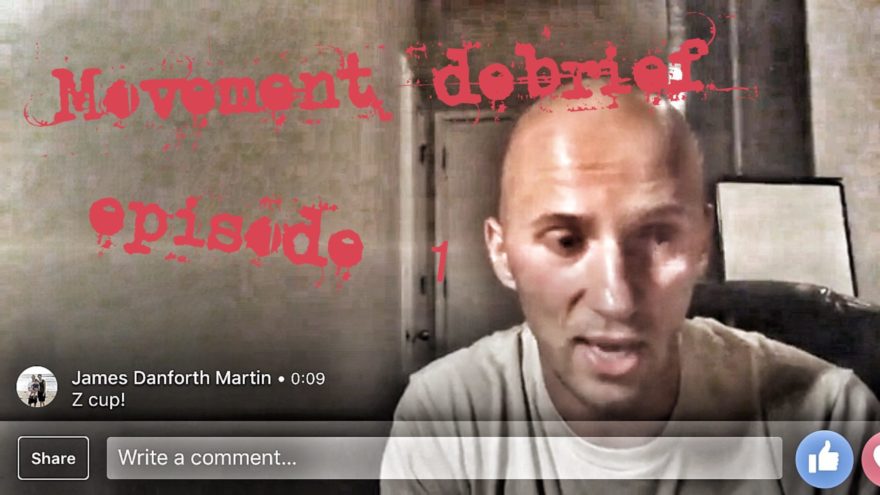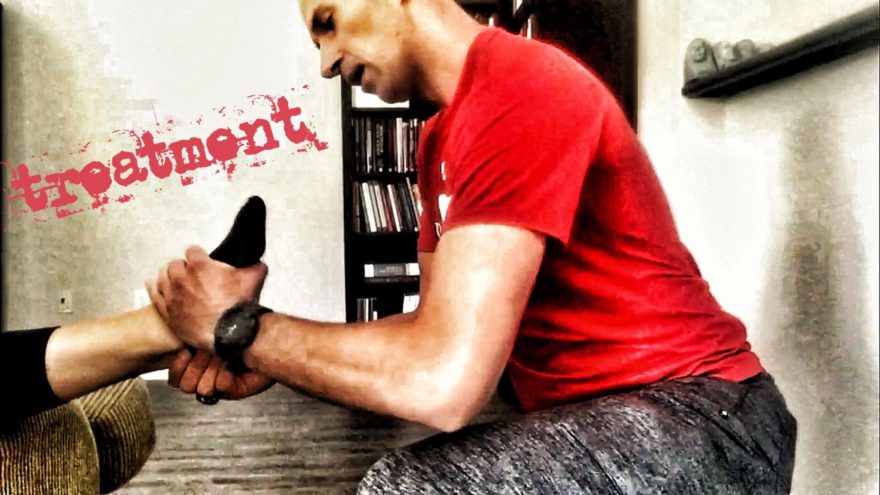Tag: manual therapy

Manual Therapy
Does manual therapy have a place? Manual therapy is one of the more polarizing topics in the movement world, and…

Manual Therapy or Exercise? How About Both!
Get ready to have a model that allows you to apply both, no matter what peeps on the internet tell…
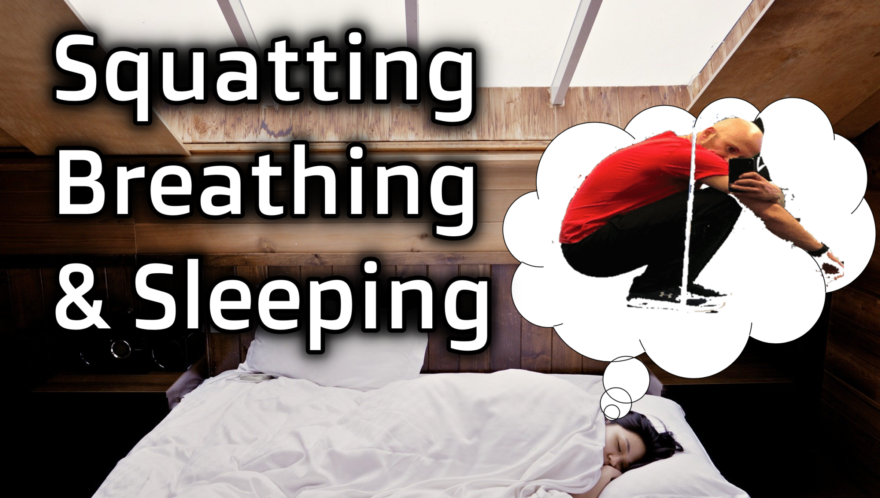
Squatting, Breathing, and Sleeping
What does squatting, breathing, and sleeping all have in common? The answer is airway management. In order to squat well,…
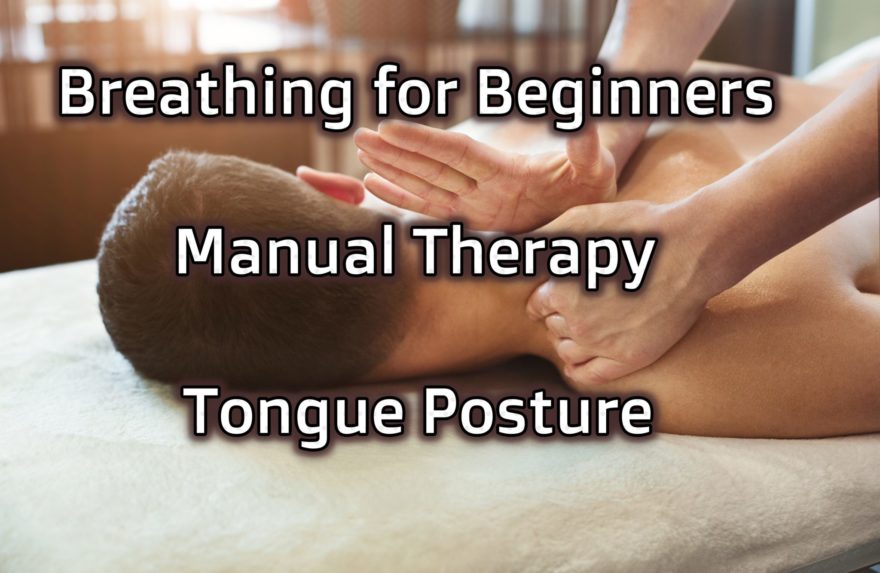
Breathing for Beginners, Manual Therapy, and Tongue Posture – Movement Debrief Episode 88
Movement Debrief Episode 88 is in the books. Below is a copy of the video for your viewing pleasure, and…
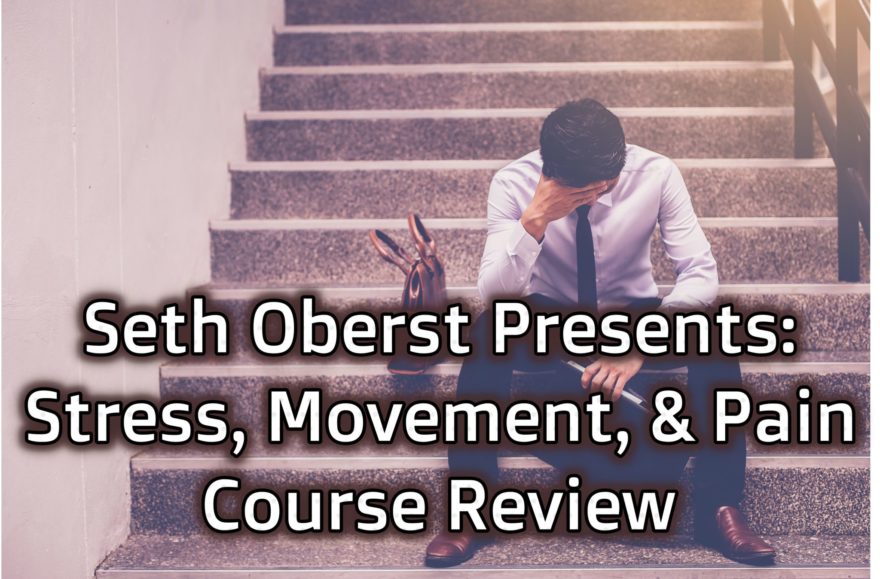
Seth Oberst’s Stress, Movement, and Pain Course Review
Do you work with people who are stressed? Dumb question, right? Who isn’t stressed today? In fact, stress levels are…
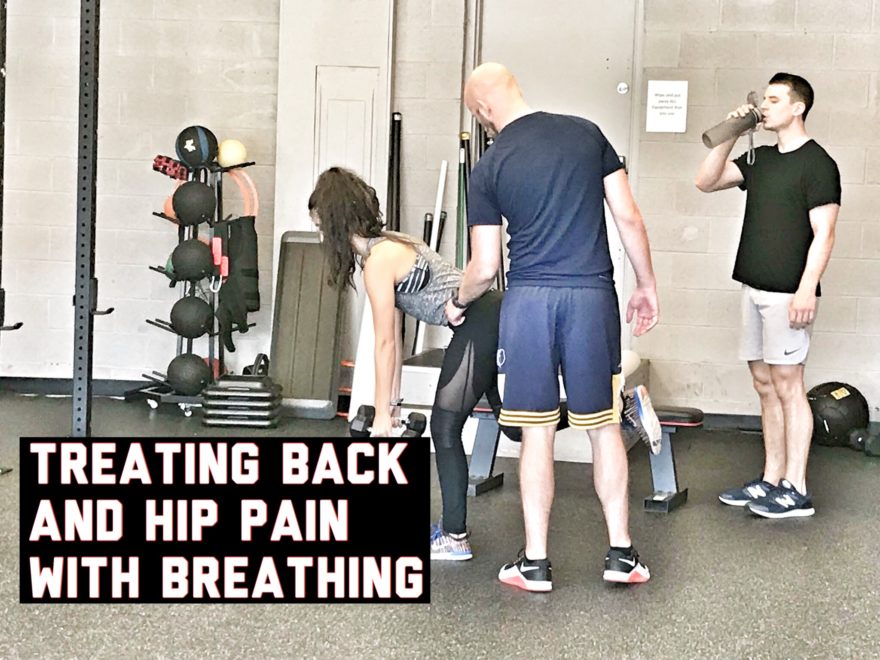
Treating Back and Hip Pain with Breathing – Live Case Study
Ever have someone who hurts multiple areas, and you are unsure where to start? What if I told you that…
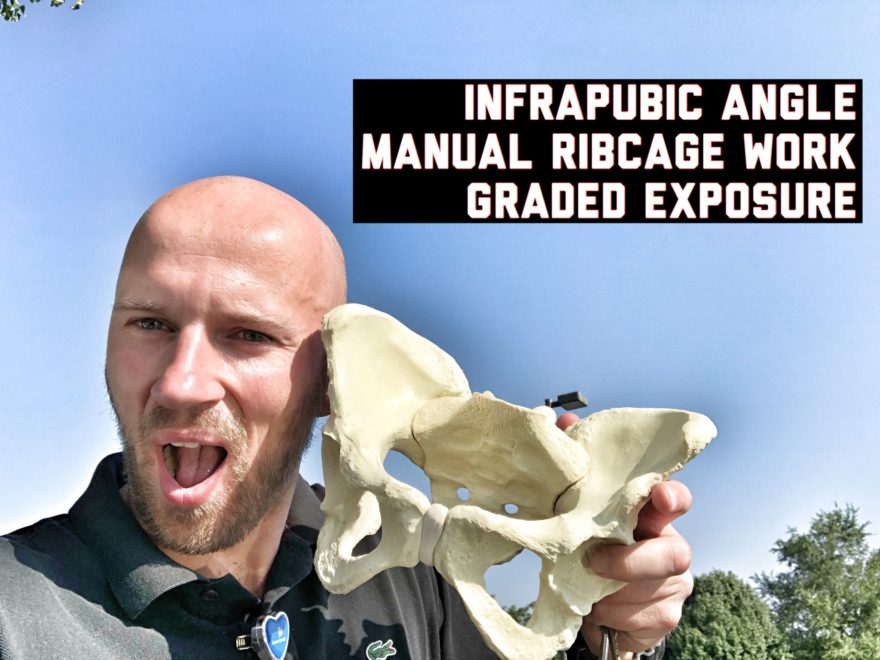
Infrapubic Angle, Manual Ribcage Work, and Graded Exposure – Movement Debrief Episode 60
Movement Debrief Episode 60 is in the books. Below is a copy of the video for your viewing pleasure, and…
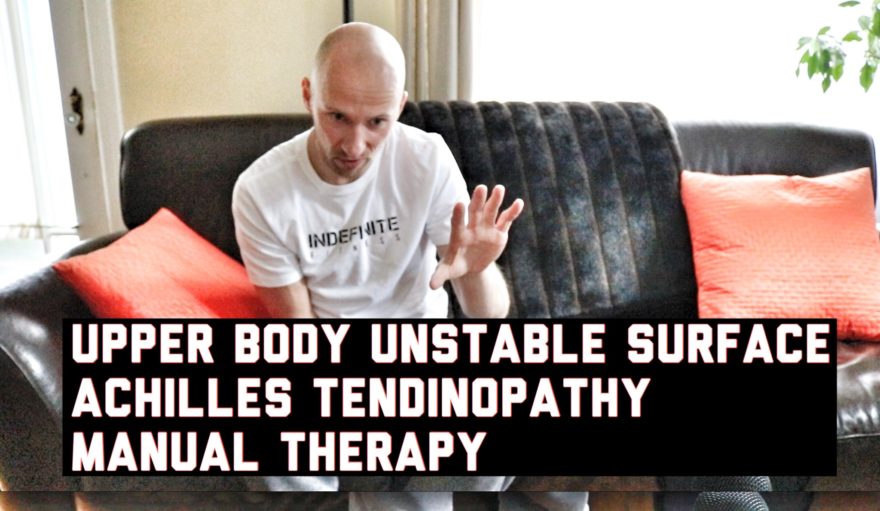
Upper Body Unstable Surface, Achilles Tendinopathy, and Manual Therapy – Movement Debrief Episode 44
Movement Debrief Episode 44 is in the books. Below is a copy of the video for your viewing pleasure, and…
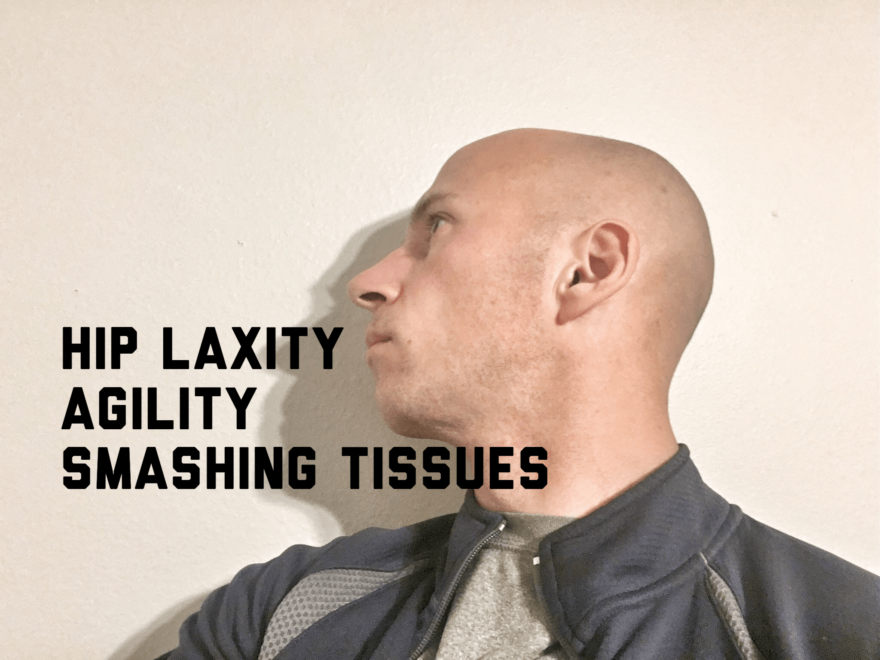
Hip Laxity, Agility, and Smashing Tissues – Movement Debrief Episode 34
Movement Debrief Episode 34 is in the books. Here is a copy of the video and audio for your listening…
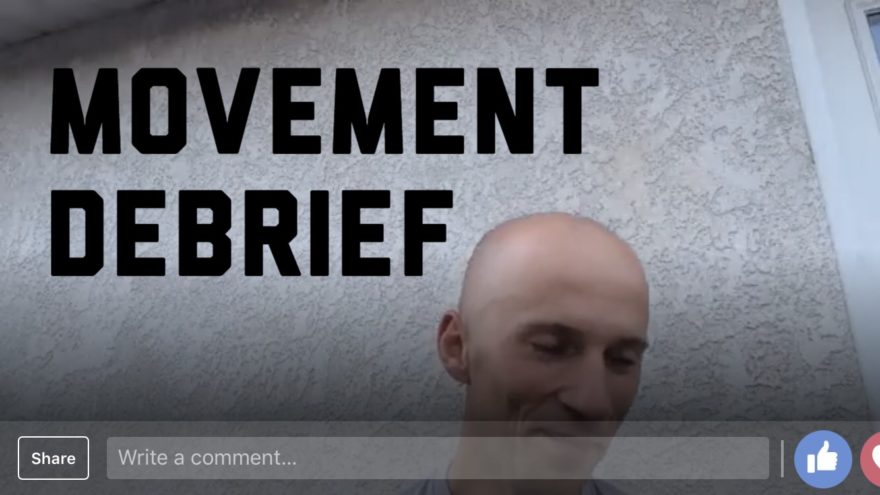
Impingement, Trusting Your Assessment, Noncompliance, and the Off-Switch – Movement Debrief Episode 15
If you are beyond sad that you missed last night’s Movement Debrief, number 15, I got your back. This time…
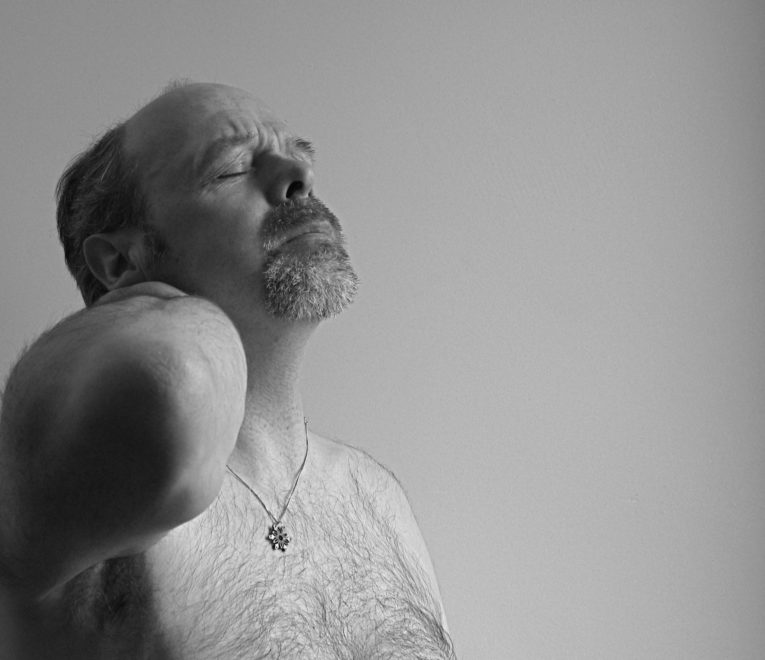
Change The Context: 3 Tools to Treat Neck Pain
Here are some strategies to help your peeps with neck pain.
Manual Therapy Musings
When I think About You… Prompted by some mentee questions and blog comments, I wondered where manual therapy fits in…
9 weeks with Bane, I mean Zac…Oops Sorry Wrong CI
Note from Zac: This is my first guest post, and to start things up is the one and only Trevor…

